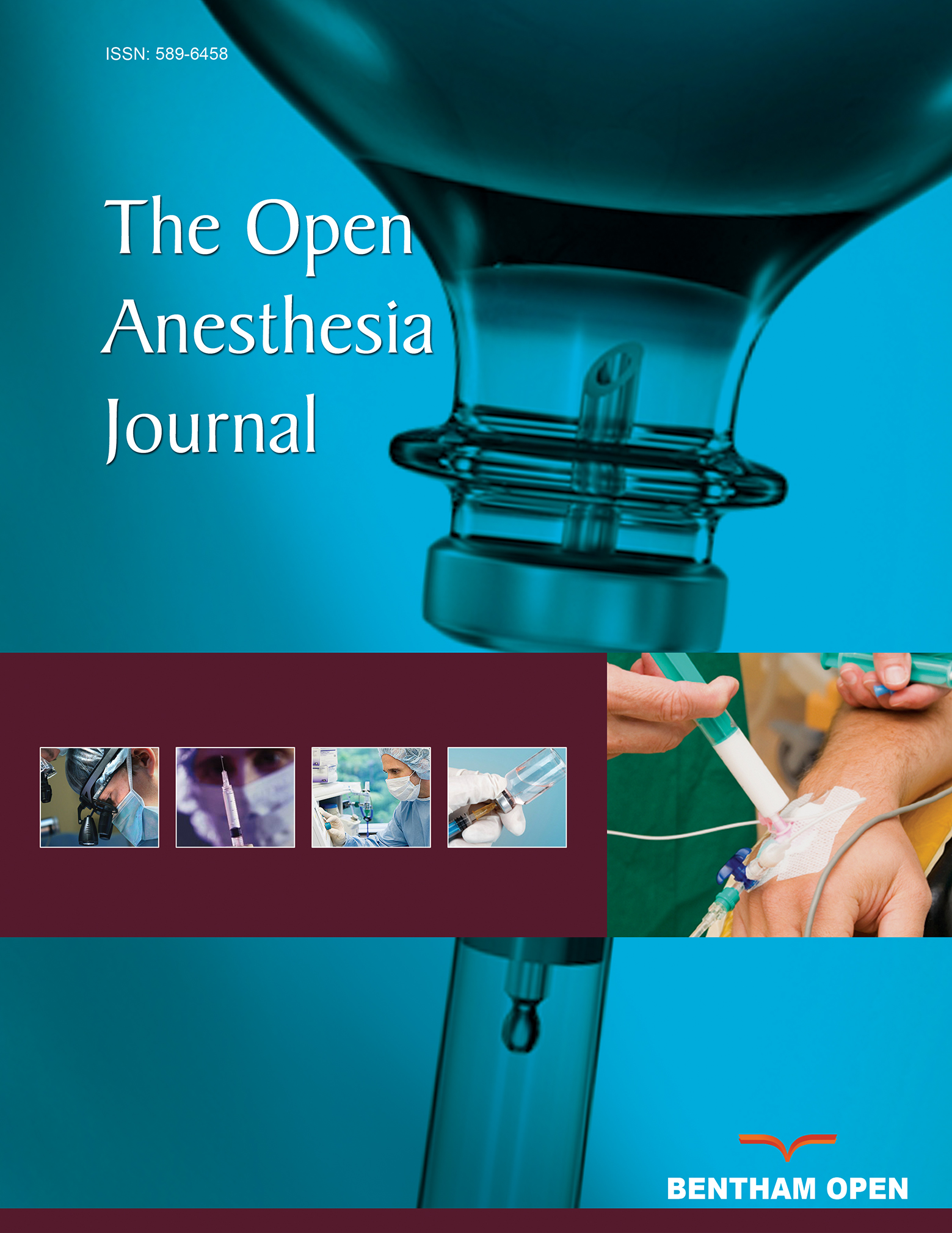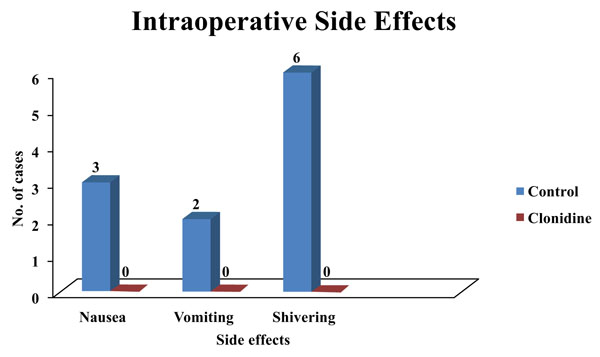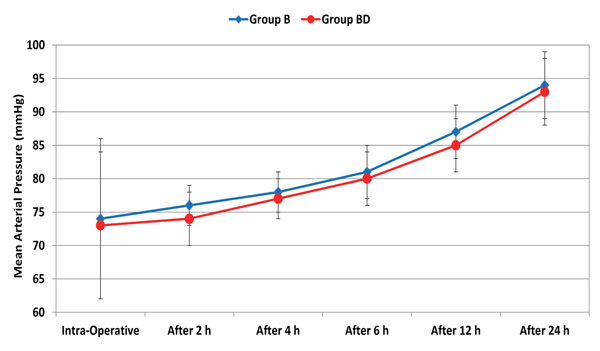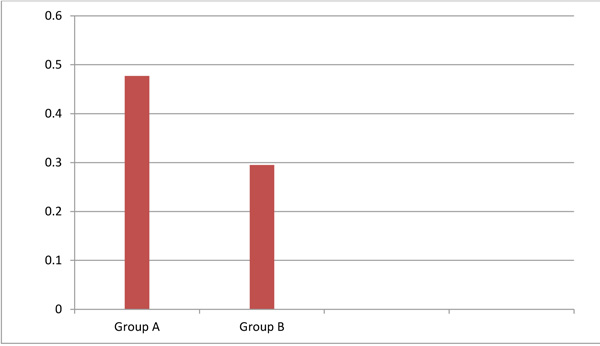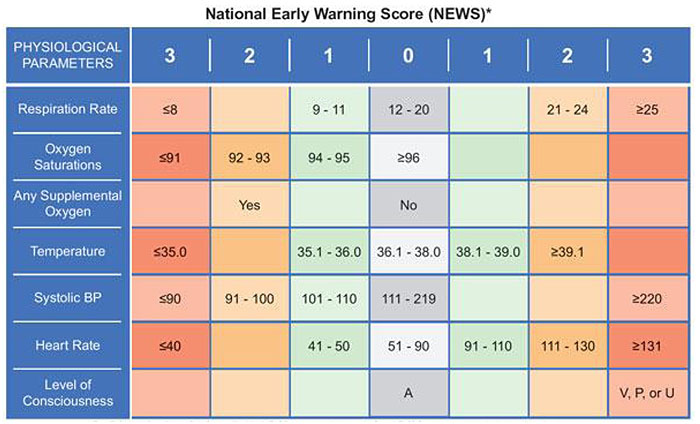The Open Anesthesia Journal is an open access journal, that publishes research articles, reviews/mini-reviews, letters and guest edited single topic issues in all areas of experimental and clinical research in anesthesia, pharmacokinetics, anesthetic mechanisms, critical care, preoperative care, clinical skills, cost issues, coexisting disease, and other factors affecting treatment. It also includes articles related to cardiovascular anesthesia, pediatric anesthesia, and neurosurgical anesthesia.
The Open Anesthesia Journal, a peer-reviewed journal, is an important and reliable source of current information on developments in the field. Emphasis is placed on publishing quality papers, making them freely available to researchers worldwide.

